Port control output is still limited
The province currently has more than 8,400 fishing vessels with a length of 6 m or more (of which more than 2,000 vessels are 15 m or more in length), but only about half of them dock at 5 fishing ports in the province, including Phan Thiet Port, Phu Hai (Phan Thiet City), Phan Ri Cua Port, Lien Huong Port (Tuy Phong District) and La Gi Port (La Gi Town) to sell products. The remaining vessels mostly go to temporary ports and wharves such as Mui Ne, Ke Ga, Tan Thang, Phuoc The... to sell fish, get fuel, then go to the designated fishing port to complete import and export procedures.
The whole province currently has more than 8,400 fishing boats with a length of 6 meters or more.
According to the Department of Agriculture and Environment, in recent times, although there have been many efforts in controlling fishing vessels entering and leaving ports, monitoring output at ports, the rate of fishing vessels entering and leaving ports is still low compared to the total number of registered fishing vessels (8,562). Since the beginning of the year, the Border Guard has registered and verified 9,521 fishing vessels entering/exiting ports (5,273 vessels leaving ports, 3,948 vessels entering ports), the Fishing Port Management Boards have recorded 13,849 fishing vessels arriving/departing ports (6,861 vessels leaving ports, 6,988 vessels arriving at ports, of which 5,569 vessels arrived at ports to unload products), while the controlled output through ports is still very limited. The statistical output of aquatic products through the port from the beginning of the year to now is 7,213 tons, accounting for only 9.8% of the total output in the first 4 months of the year (about 73,300 tons).
Seafood output through the port only accounts for 9.8% of total output in the first four months of the year.
According to the leader of Phan Thiet Fishing Port, the provisions of the 2017 Fisheries Law require that for ships with a length of 15 m or more, the captain must comply with procedures when docking at designated ports, so that the competent authority can inspect and control records and offshore production procedures, especially monitor the operation of voyage monitoring equipment, and update fishing vessel data into the national fisheries database (VNFishbase). Along with that, it is necessary to confirm, certify and trace the origin of exploited seafood to be able to meet regulations when exporting processed seafood to the European market and other markets. This is also a condition to remove the "yellow card" according to EC regulations, but many cases find ways to avoid it.
If docking at a designated port, the captain must notify the Fishing Port Management Board 1 hour in advance.
Many fishermen said that if they dock at a designated port, the captain must notify the Fishing Port Management Board 1 hour in advance so that they can check the journey monitoring equipment and many other types of documents and procedures. If they are not guaranteed, the ship will not be allowed to dock, so the fishermen will not be able to sell their products. Fishing boats that only sell products to wholesalers who supply goods to the market and distribute domestically, without needing to confirm the origin of the seafood harvested for export, most of them bring their ships to temporary docks or beaches to make purchasing seafood more convenient.
Most boats return to temporary docks and beaches to buy seafood.
The leader of the Department of Agriculture and Environment said that the Department is establishing a special working group to solve difficulties and help businesses find clean raw material outlets and export more conveniently this May.
Strengthening control of fishing vessels
In addition, the confirmation and certification of seafood origin also encountered many difficulties, causing difficulties for businesses with export orders to the EU market, when they were red-eyed to find clean raw materials. Since the beginning of the year, fishing ports have only issued 10 certificates of origin/60.5 tons of seafood of all kinds; the Department of Fisheries and Seas and Islands issued 26 certificates of origin/109.4 tons of seafood. This issue is a bottleneck, the reason is that besides the fact that seafood products exploited from fishing vessels do not ensure IUU regulations for origin confirmation procedures, the related parties (ship owners, wholesalers, businesses, fishing ports) have not been connected, closely coordinated, and supported to implement.
In addition, controlling the import and export activities of fishing vessels, especially in the coastal areas, is also one of the important contents in combating IUU fishing. Due to the long and wide coastal areas in the province, it is very easy for fishermen to dock their boats in these areas to sell seafood, which is not only unsafe but also violates IUU regulations. Therefore, in recent times, the Fisheries Control Representative Office at fishing ports and Border Guard Stations have coordinated to organize peak periods of patrolling and controlling fishing vessels entering and leaving ports, operating at sea, on rivers, temporary wharves, and coastal areas; resolutely and strictly handle cases of fishing vessels that do not ensure the conditions for practice (not registered, inspected, not having a fishing license, not marking fishing vessels, not installing VMS...); fishing vessels operating in the wrong area, wrong route; Fishing vessels that do not comply with regulations on docking at ports, recording and submitting logbooks/exploitation reports... Thereby, promptly detecting violations and handling fishing vessels that do not dock at designated ports to avoid paying fees and taxes... Since the beginning of the year, the whole province has administratively sanctioned 85 cases/589.25 million VND according to the provisions of Decree 38/2024/ND-CP.
Authorities organize peak periods of patrolling and controlling fishing vessels entering and leaving ports.
To tighten the fishing vessels passing through the port, the leader of Phan Thiet Fishing Port Management Board recommended: The functional forces need to strengthen patrolling, controlling, and strictly handling cases of fishing vessels with a length of 6 m or more that do not enter the port to unload products; especially cases of fishing vessels with a length of 15 m or more that do not enter the designated fishing port whose names are on the list announced by the Ministry of Agriculture and Environment . The functional sectors continue to coordinate to organize specialized training courses on logging, purchasing/transporting aquatic products, and reporting on aquatic product exploitation for fishermen to understand correctly, record correctly, and improve the quality of logs to serve the work of tracing the origin of aquatic products from exploitation.
Early dredging of the water area for ships and the port access channel at Phu Hai fishing port, creating favorable conditions for fishing vessels to enter and exit the port to load and unload products.
In addition, the Coastal Border Control Stations/Station are required to strictly implement and ensure that fishing vessels operating at sea have all required documents. In case of detecting fishing vessels that have not declared their entry/exit on the eCDT System, they must do so before processing the entry/exit procedures. In addition, the Phan Thiet Fishing Port Management Board hopes that functional units will pay attention, propose plans and financial resources to advise the Provincial People's Committee to promptly dredge the water area for ships to dock and the port entrance at Phu Hai fishing port, which has just been announced as a designated fishing port, creating favorable conditions for fishing vessels to enter and exit the port to load and unload products, serving the work of monitoring fishing vessels, and tracing the origin of aquatic raw materials from exploitation according to the provisions of law.
Source: https://baobinhthuan.com.vn/tai-sao-thuyen-truong-ne-cang-ca-chi-dinh-130130.html


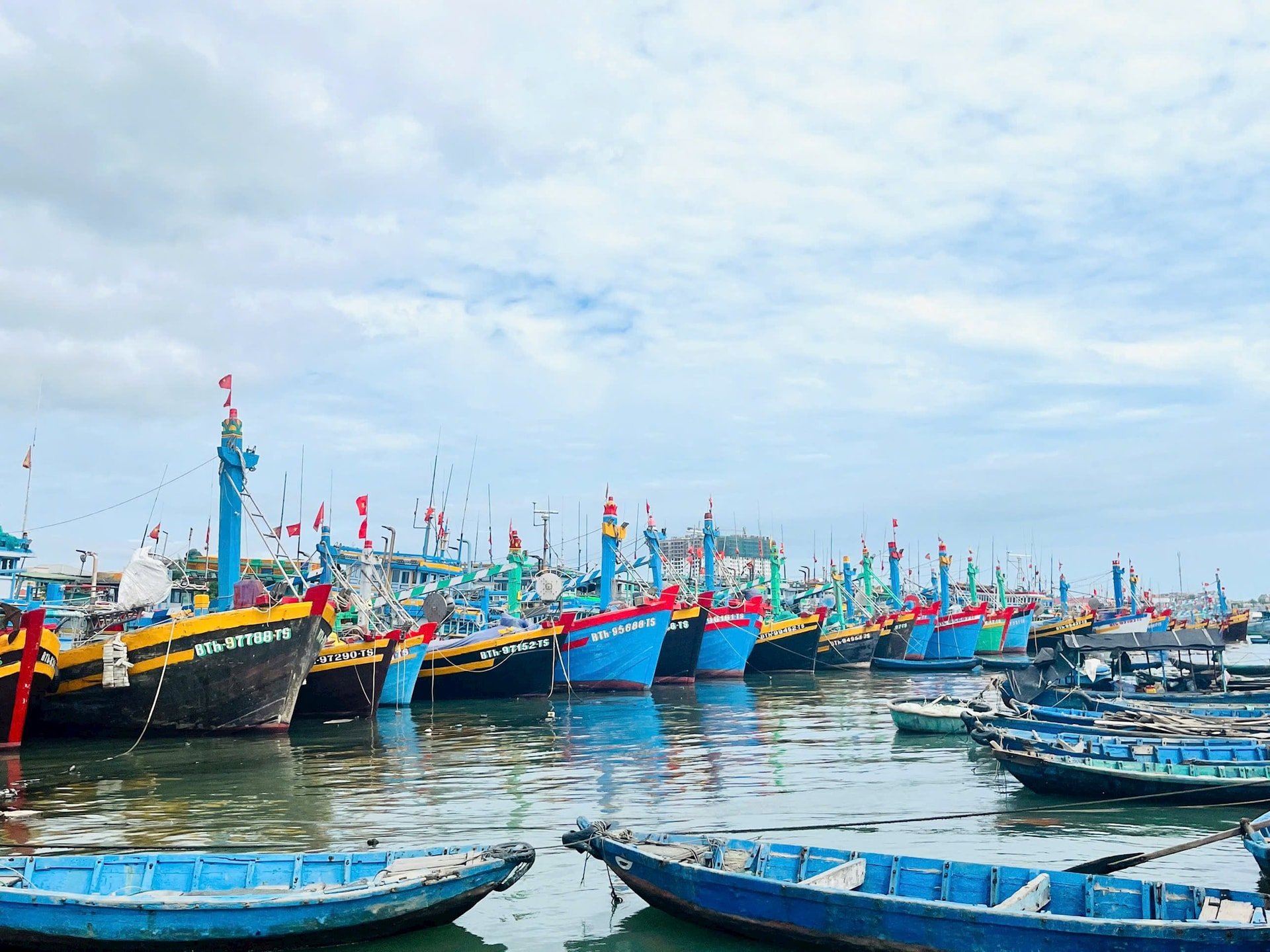
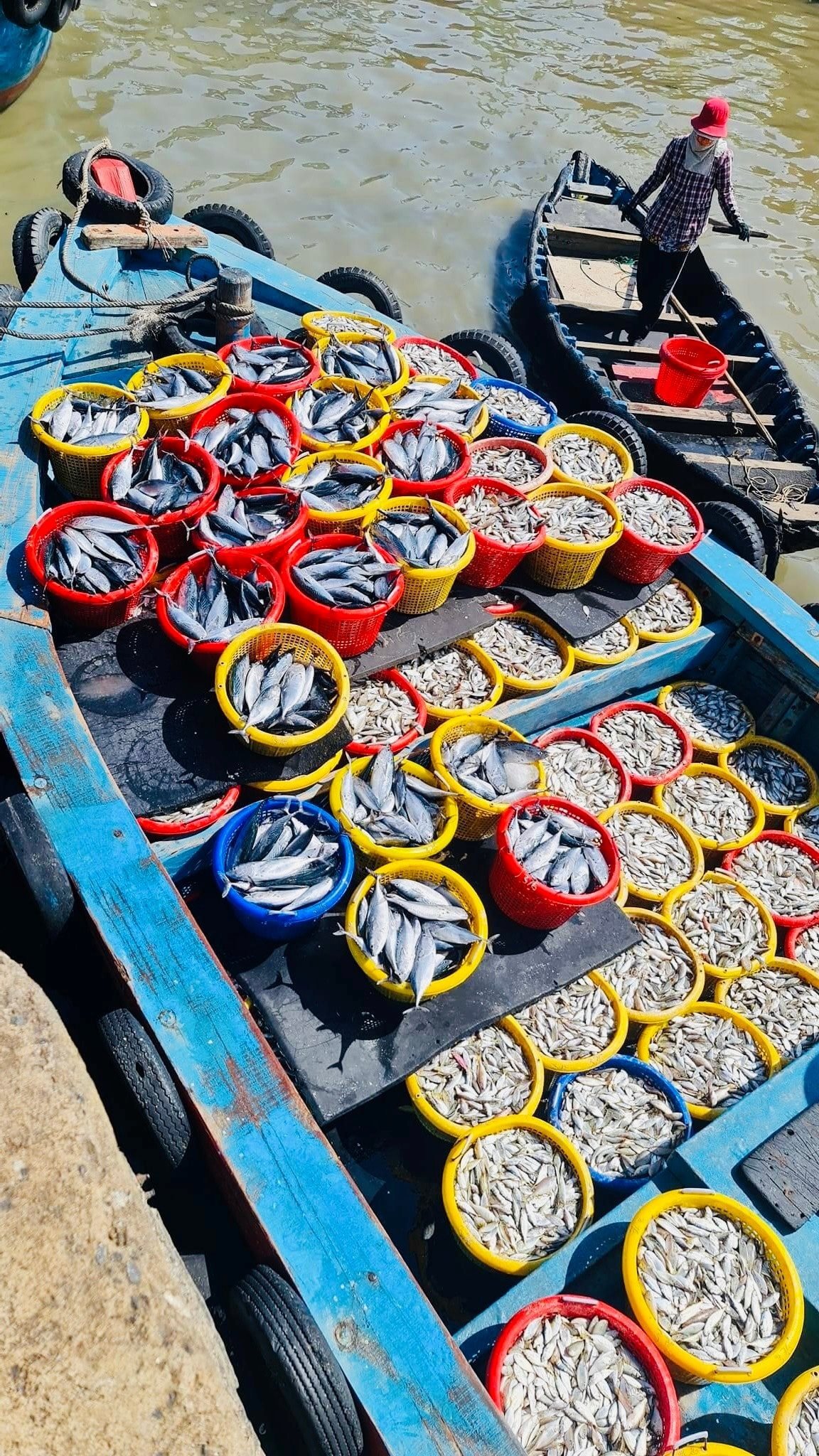
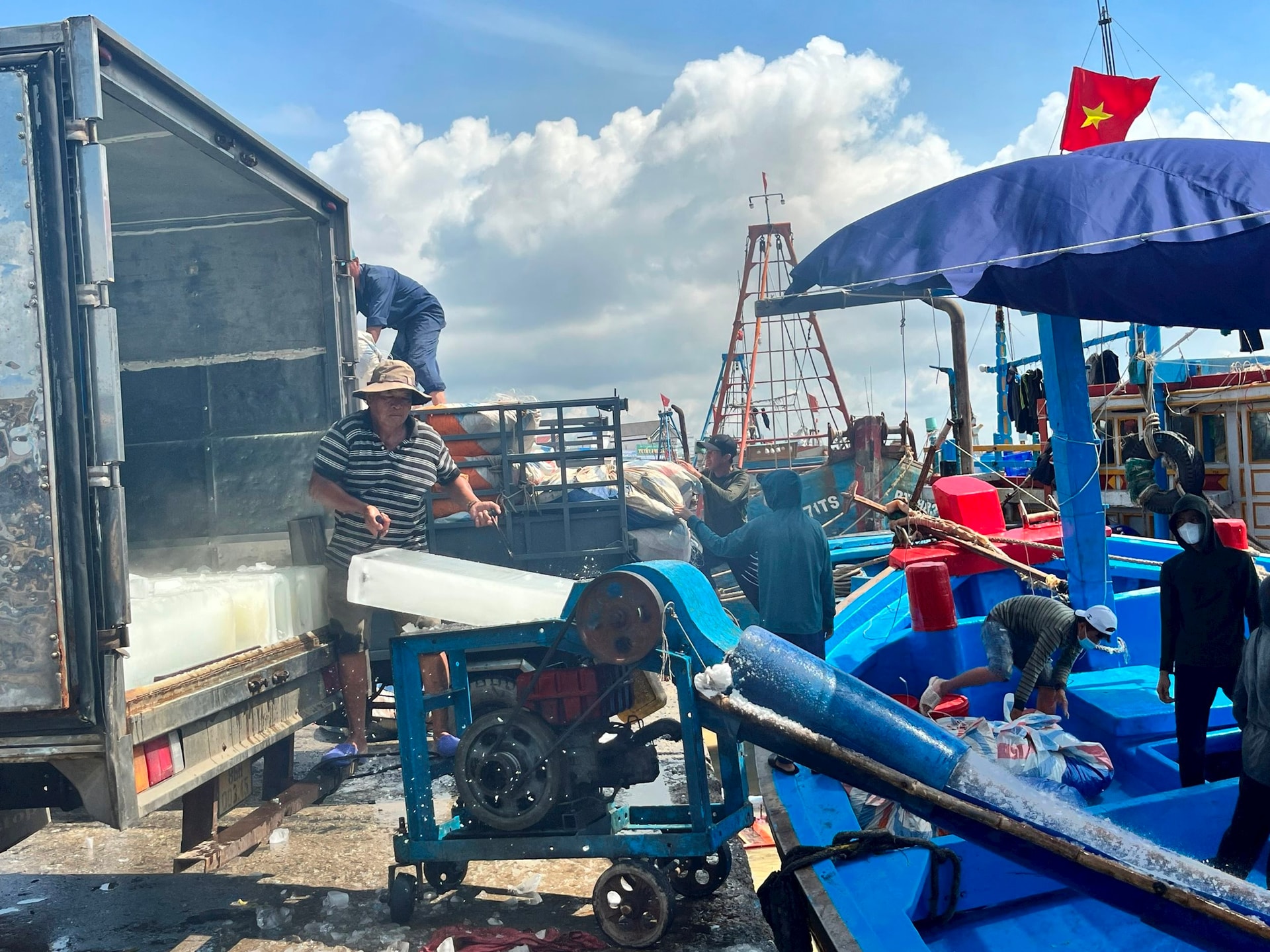
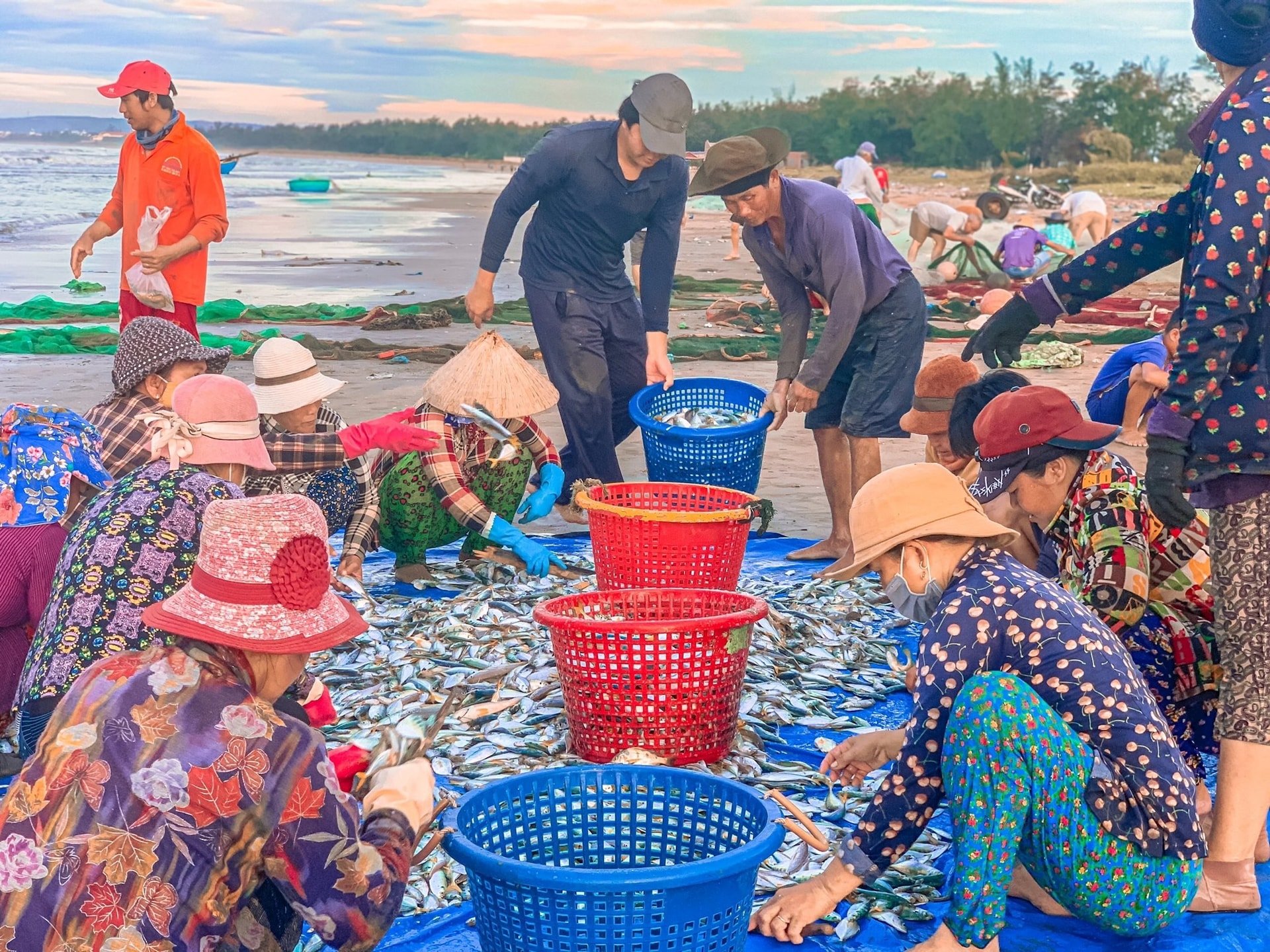
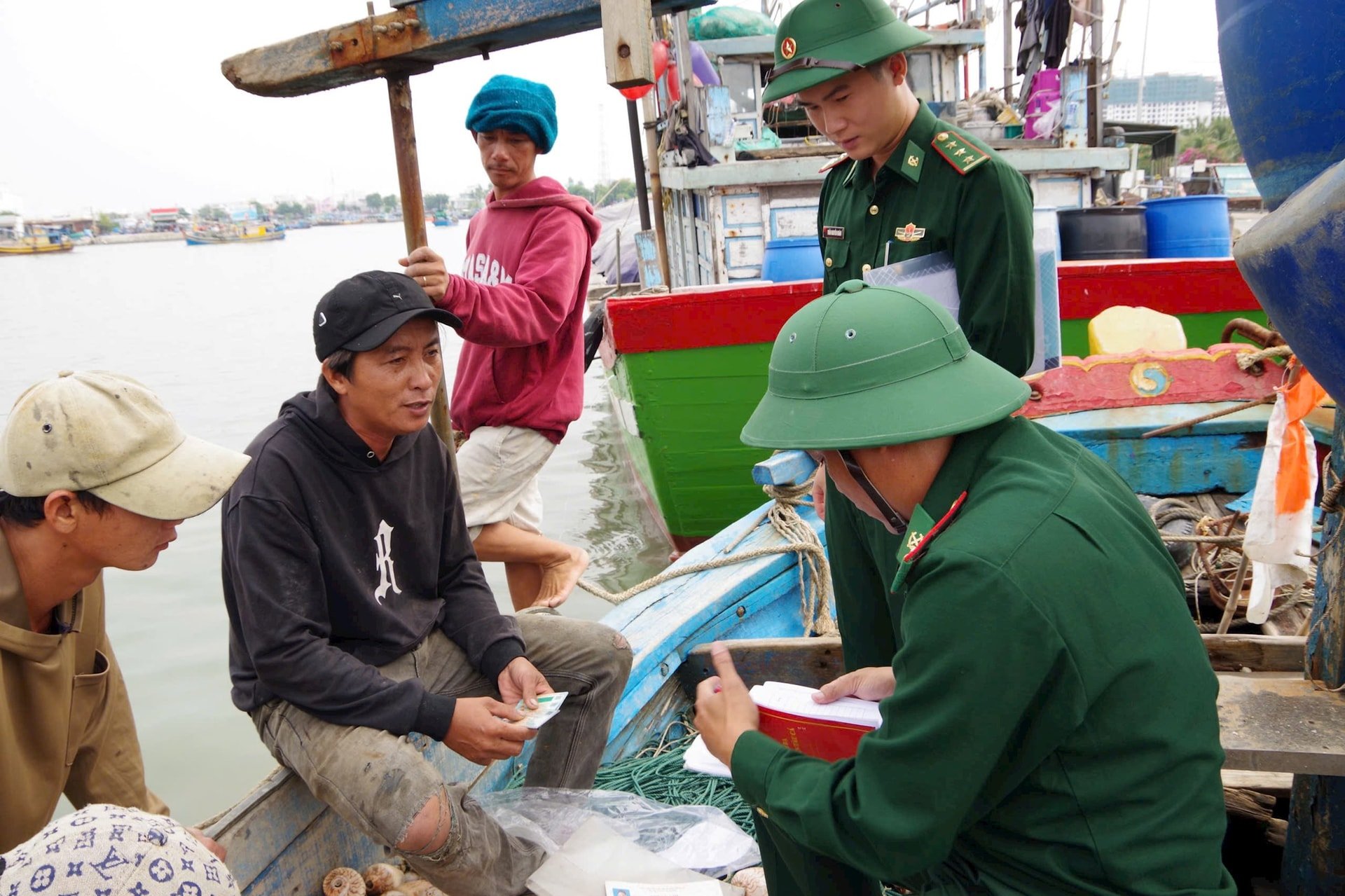
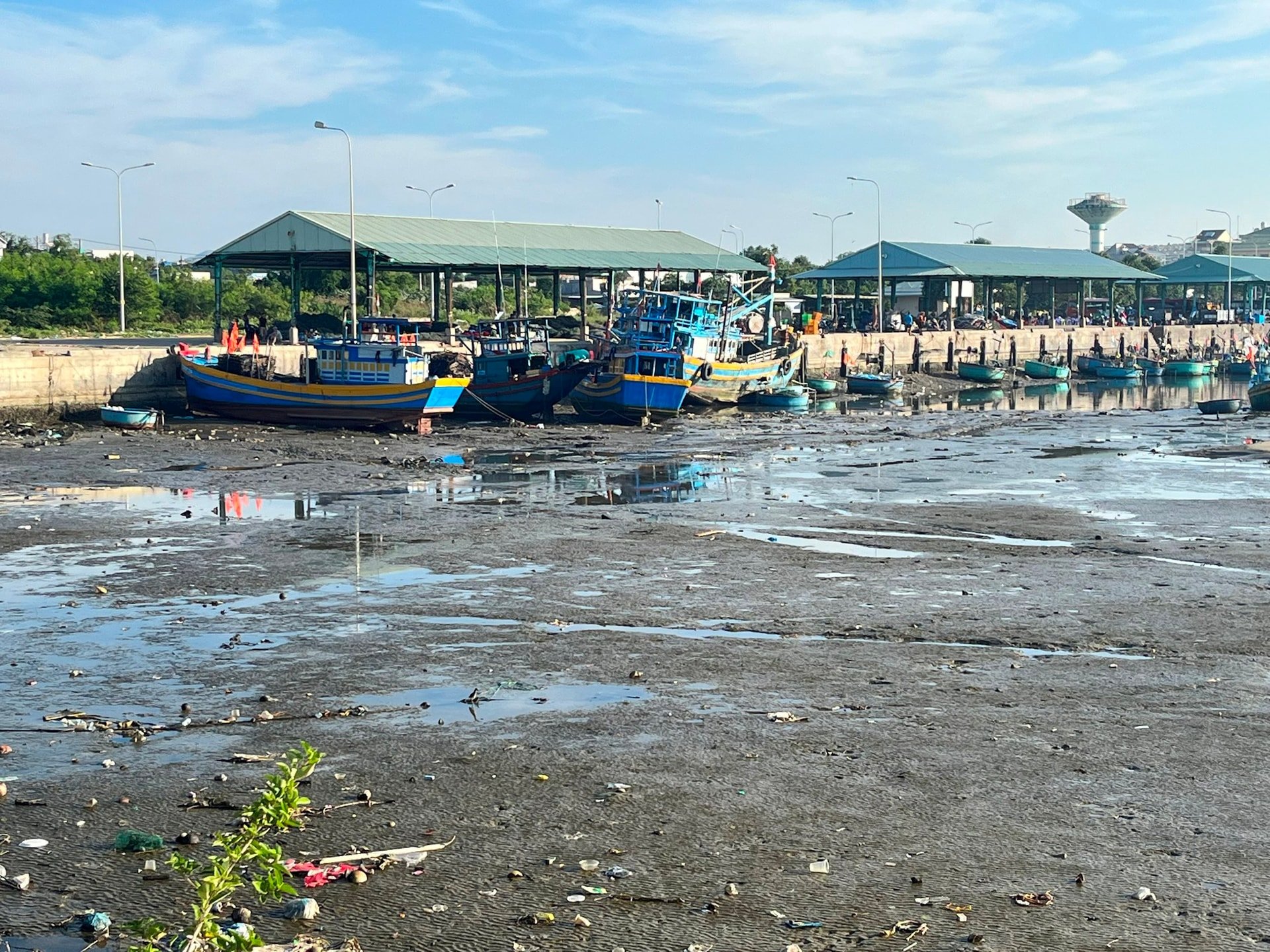
![[Photo] Vietnamese and Hungarian leaders attend the opening of the exhibition by photographer Bozoky Dezso](https://vphoto.vietnam.vn/thumb/1200x675/vietnam/resource/IMAGE/2025/5/29/94d8ceca5db14af3bf31285551ae4bb3)
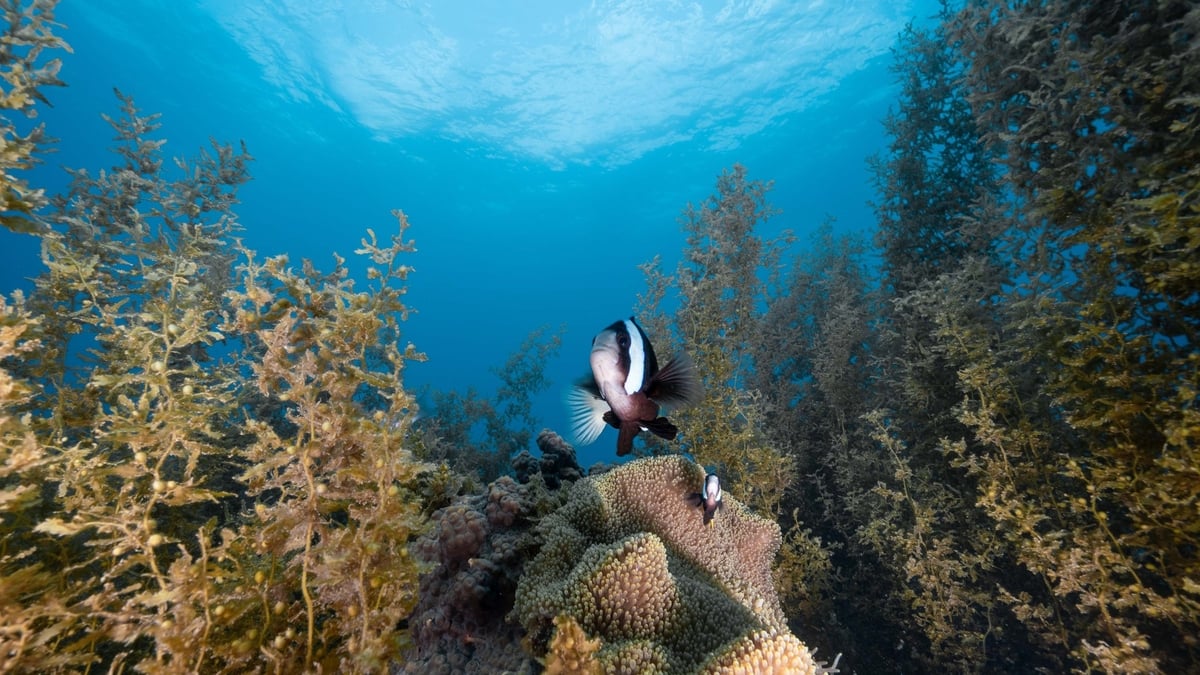

![[Photo] Prime Minister Pham Minh Chinh receives leaders of Excelerate Energy Group](https://vphoto.vietnam.vn/thumb/1200x675/vietnam/resource/IMAGE/2025/5/29/c1fbe073230443d0a5aae0bc264d07fe)
![[Photo] Prime Minister Pham Minh Chinh meets with Hungarian President Sulyok Tamas](https://vphoto.vietnam.vn/thumb/1200x675/vietnam/resource/IMAGE/2025/5/29/dbcaa73e92ea4448a03fe1d0de6d68e8)

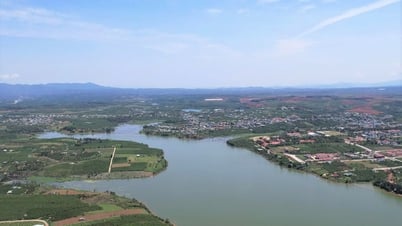

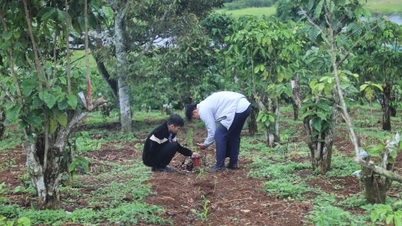
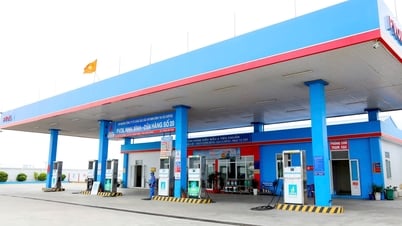

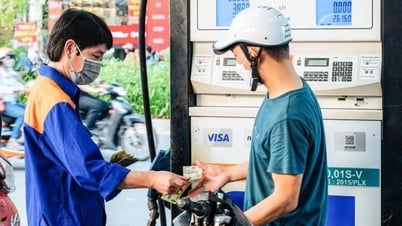












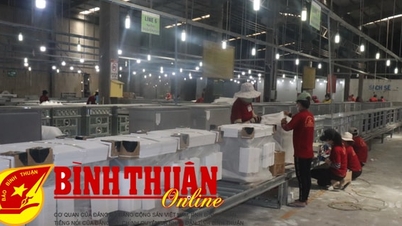
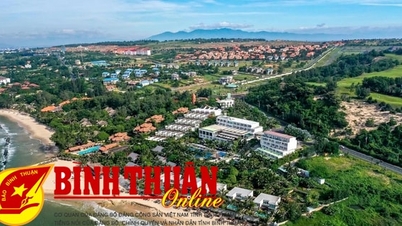






















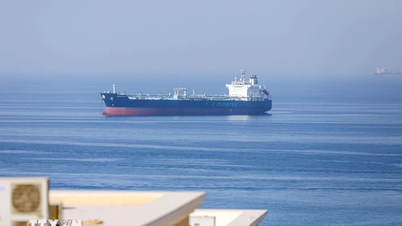





















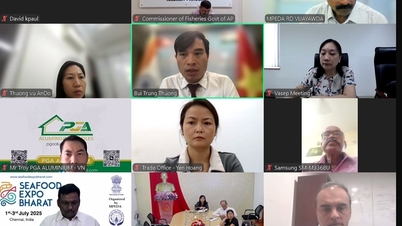


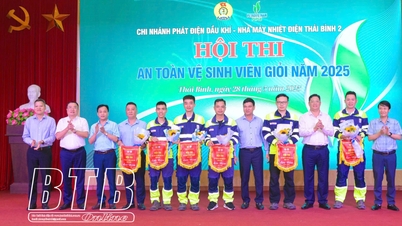


















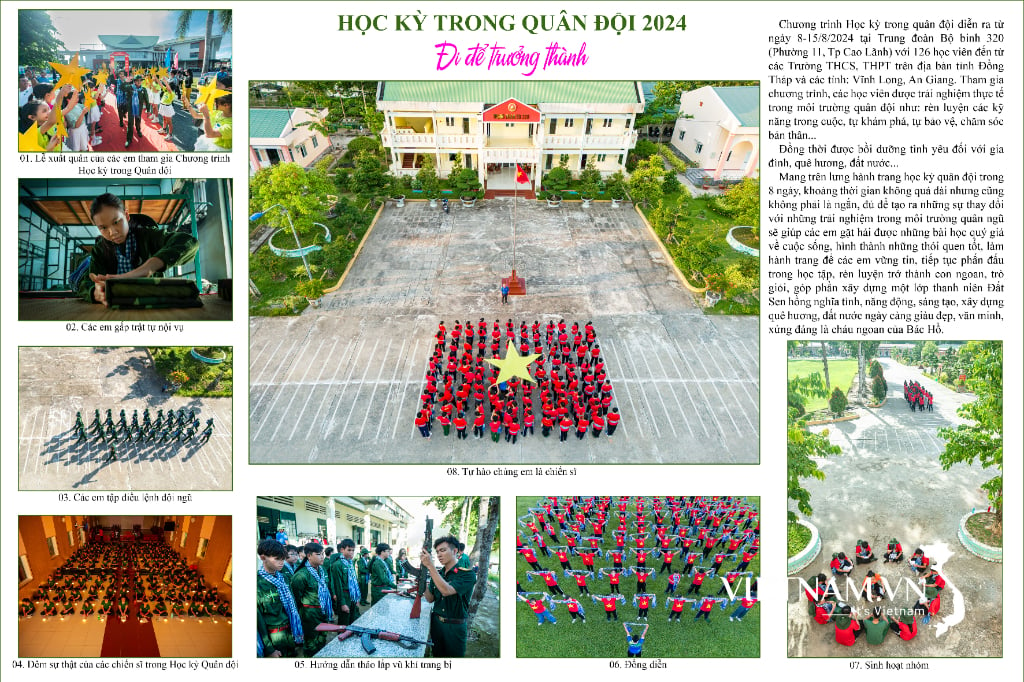
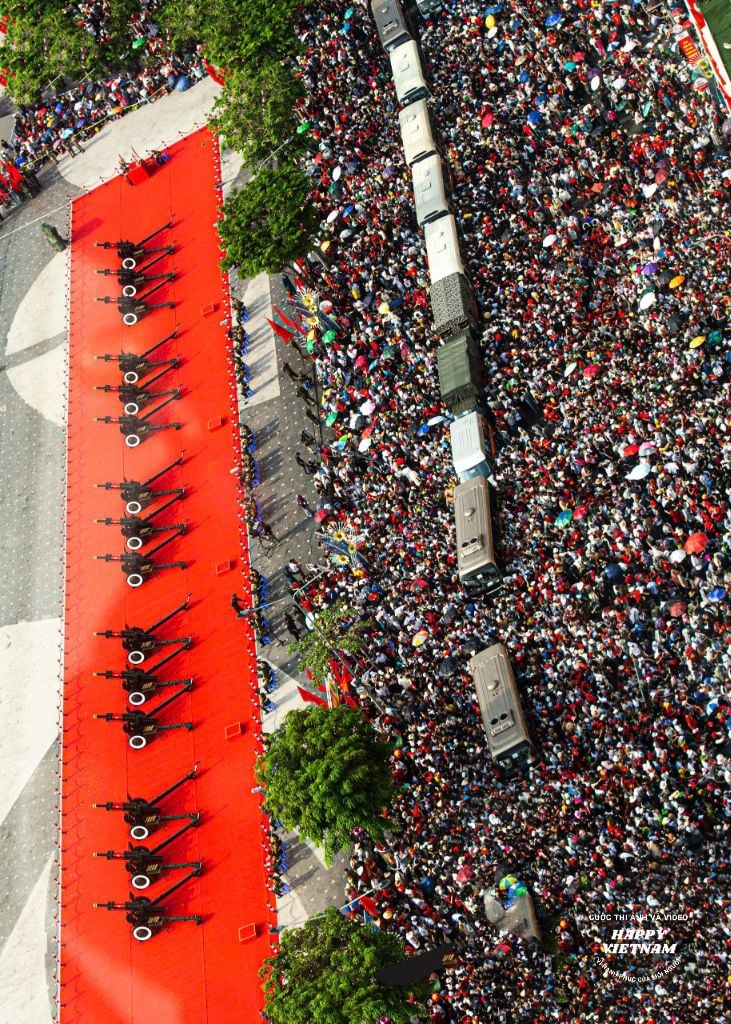

Comment (0)